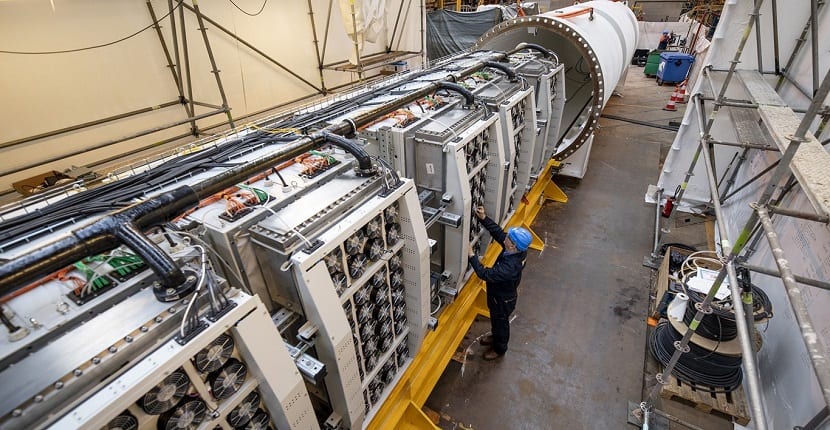
We have known for a long time the idea they have Microsoft, on which they have been working for quite some time and for which they have concluded that, to improve the cooling systems of their data centers, it may be a very good idea to submerge them under the sea. Thanks to this, today we can talk about how the second phase of what is known as Project Natick, same in which, on an experimental basis, a data center has been submerged near the northern islands in Scotland.
Going into a little more detail, tell you that the performance tests of this type of new data centers developed by Microsoft is not something new, already in 2015 the giant placed a fraction of one of its data centers under waterOn that occasion and, above all, for logistical reasons, it was decided to carry out the tests in California over a period of time of about 105 days, which, as Microsoft itself announced, were more than interesting for the purposes that were sought. at that time, so much so that the company decided to give the green light to the engineers involved in the project to start the second phase of it.
The second phase of Project Natick begins, which has concluded with a 12-meter container equipped with 864 underwater servers
To know a little more about the purpose and needs to be covered with the development of Project Natick, we must understand precisely the needs we have as users of the different cloud services, an escalation that makes it very necessary for the data centers to be used by the different companies are much larger, offer more performance and, for this, they need to be much more energy efficient Since, today, a large part of the energy consumption of data centers is dedicated, essentially, to cooling.
As you can see, in this sense, submerging data centers under water can be a more than interesting idea beyond the use of renewable energy for cooling. As Microsoft itself officially announced, during the first test conducted in California its engineers, above all, proved that it was possible to operate and work with an underwater data center. In this second test we want to go further since we are looking to see if it can really be interesting operate one of these data centers from a logistical, environmental and above all economic point of view.

There is a year ahead for Microsoft to be able to discern whether or not it is interesting to submerge its data centers
As can be seen in the photographs that are distributed by this same entry, this time it has opted to submerge an installation whose length is about 12 meters. As you can see, structurally at least, this facility is very similar to a cargo container that has been fitted with nothing less than 12 racks and 864 servers. Once the data center begins to function, Microsoft engineers and technicians will begin to monitor the correct operation of this data center for a period of one year to check whether or not it is feasible to continue developing and installing this type of data under the sea. centers.
As is usually expected and despite the fact that it seems that Microsoft's idea, and especially both the performance and the preliminary data obtained are more than optimistic, we still have to wait a year for the company to check if it is really interesting or not to continue with the development of Project Natick. In the event that the accounts finally add up, the American company would welcome the start of install these data centers in major coastal cities around the world thus managing to distribute in a much more efficient way all the data stored.